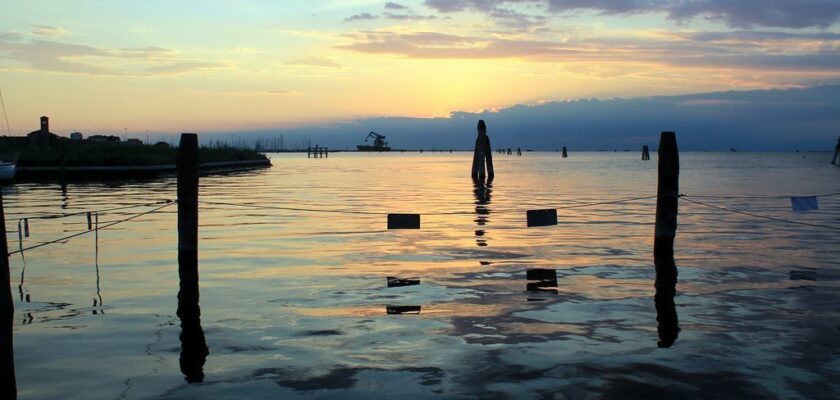Veneto
Veneto is one of the most economically developed and attractive regions of Italy for travelers. And this is not surprising, because the charm of medieval streets and the incredible luxury of the palaces of local nobles are surrounded by beautiful nature. In Veneto you want to return again and again for the atmosphere of bustling holiday and absolute serenity.
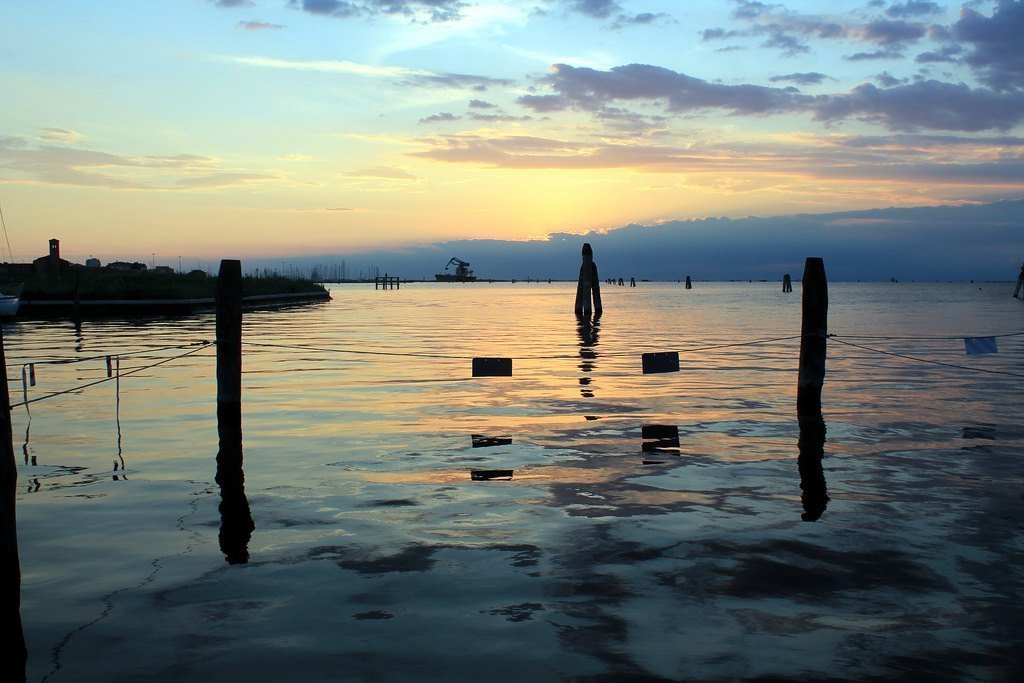
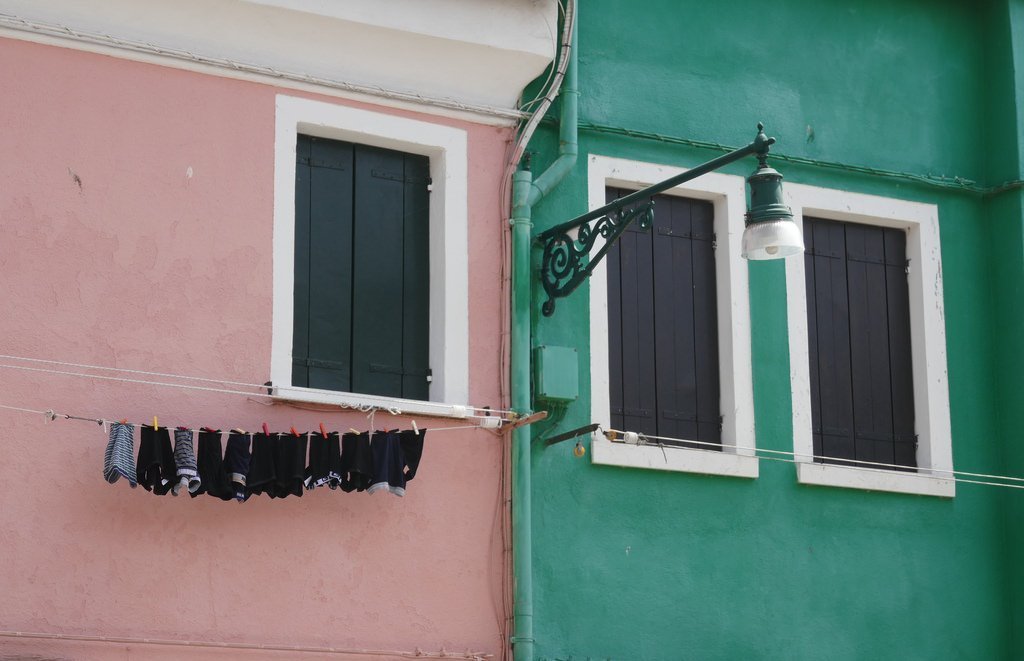
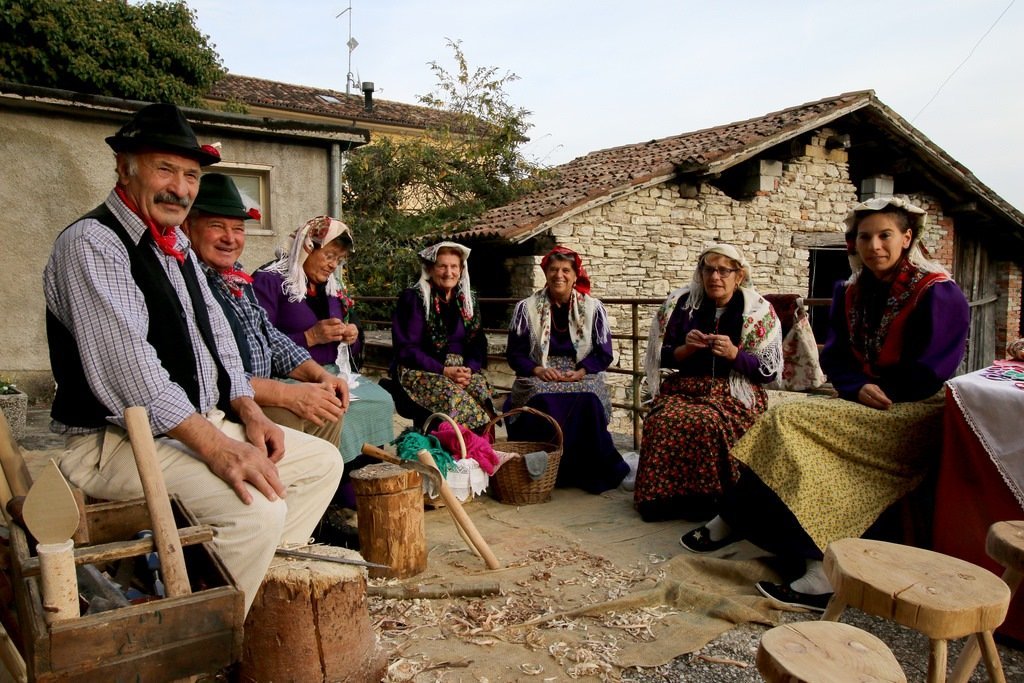
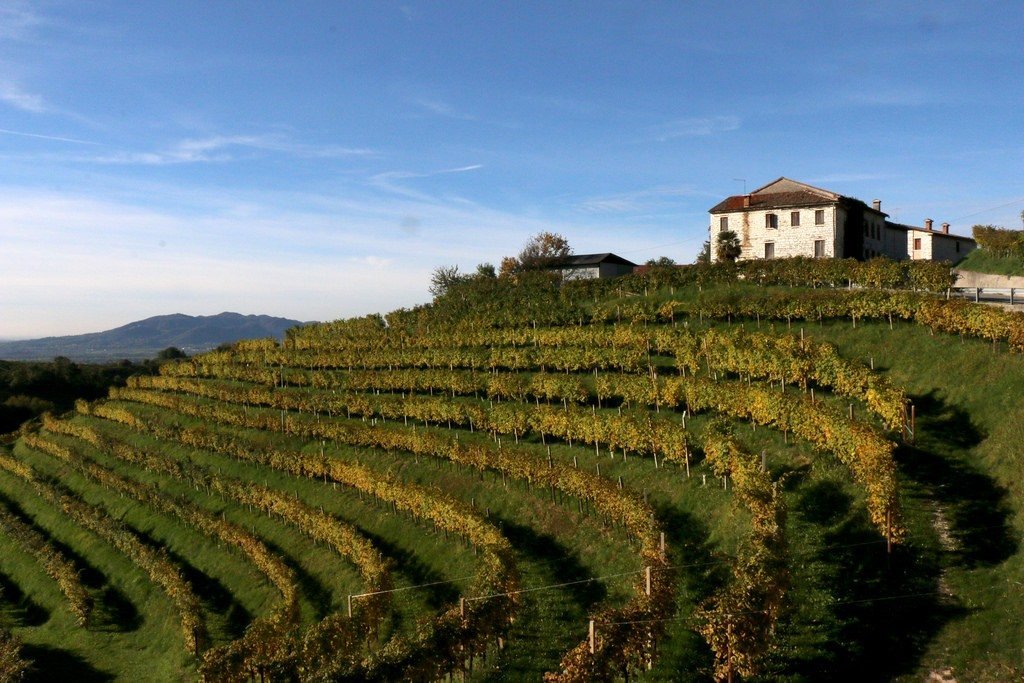
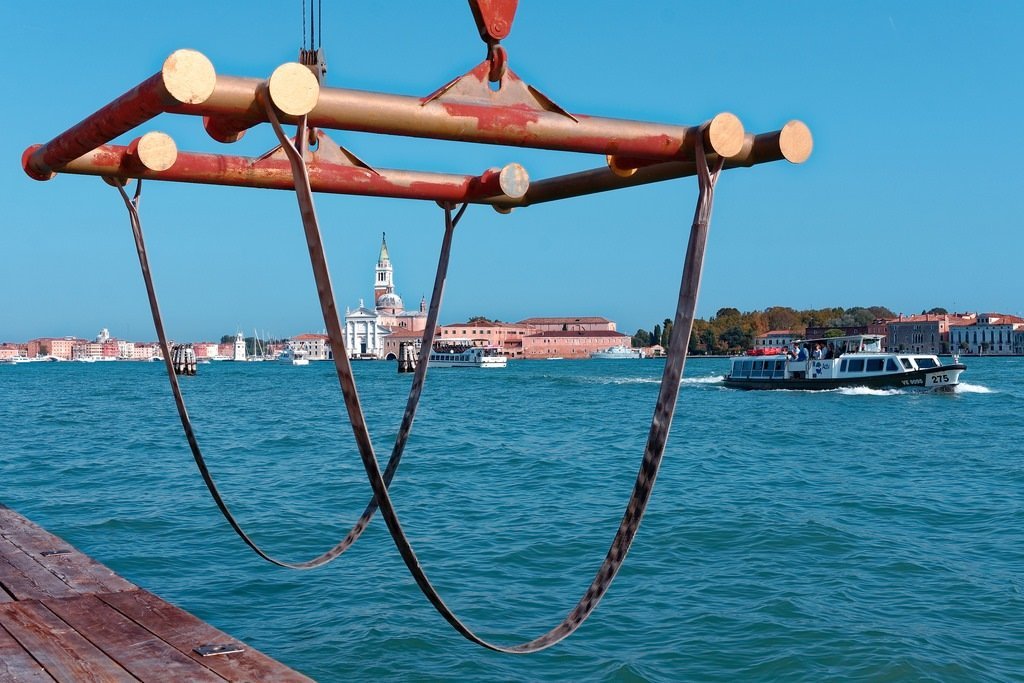
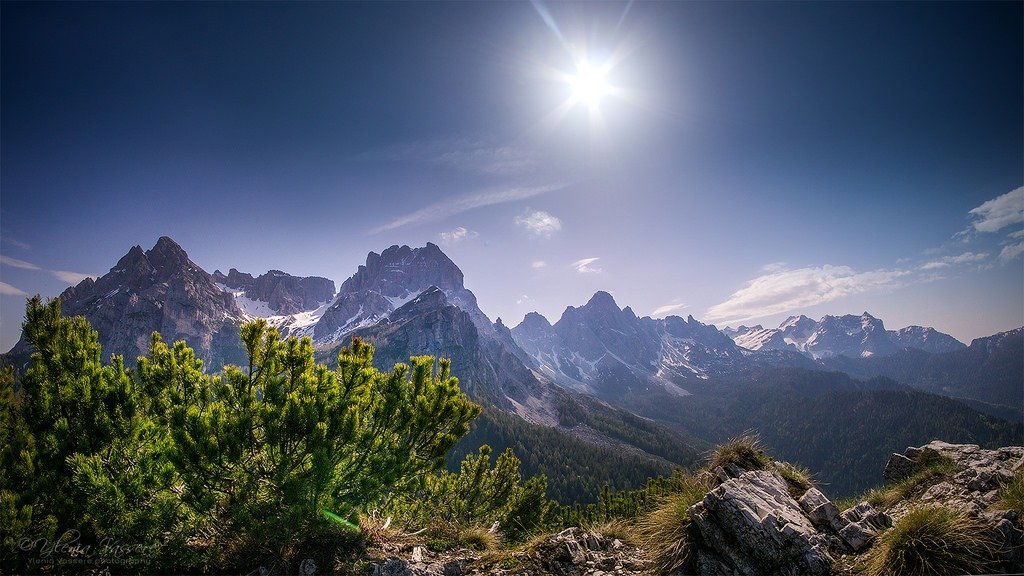
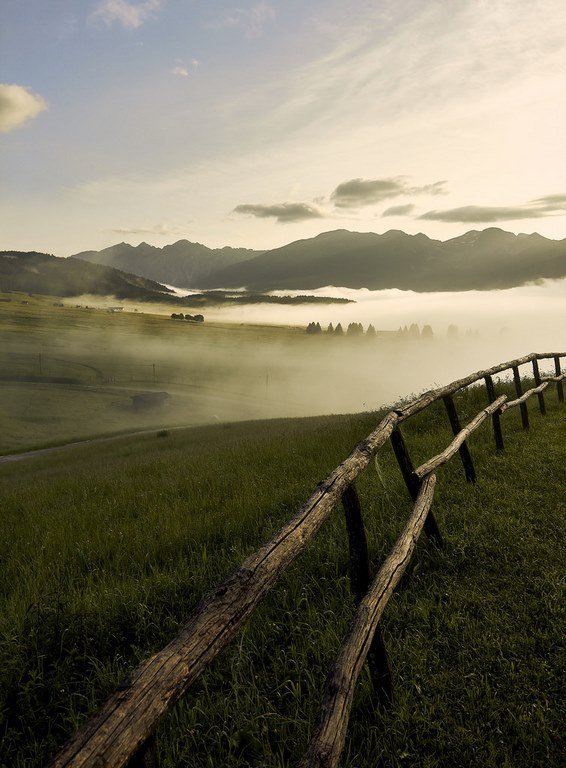
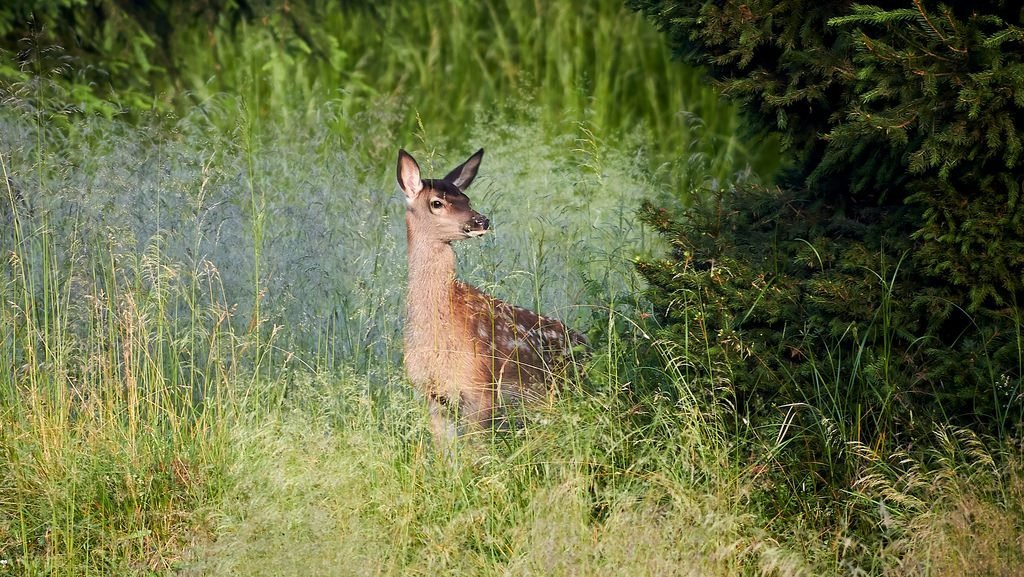
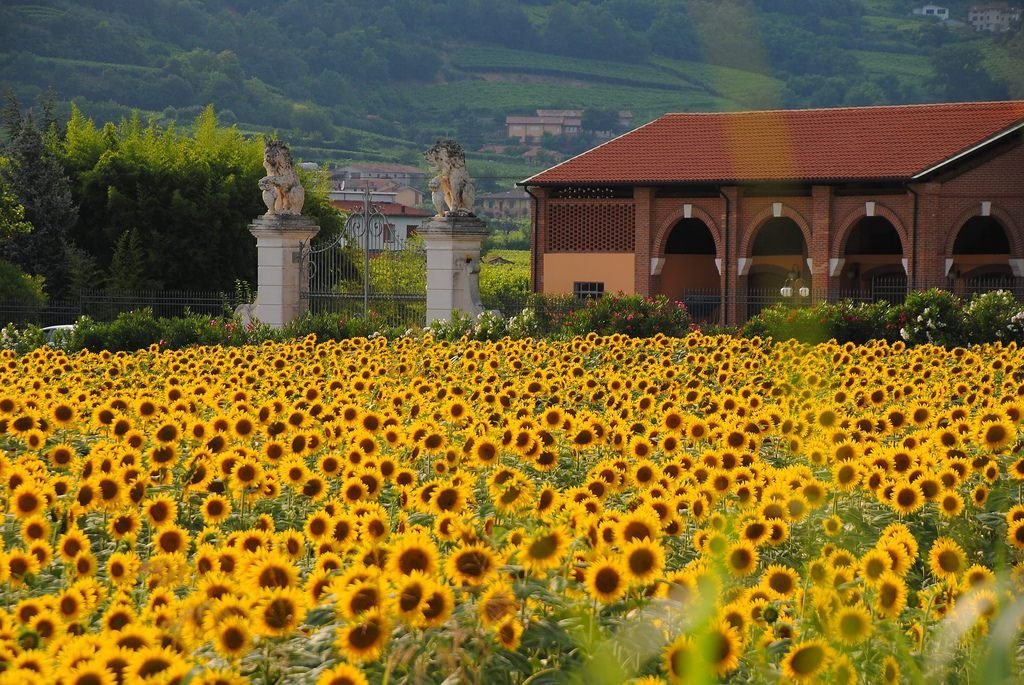
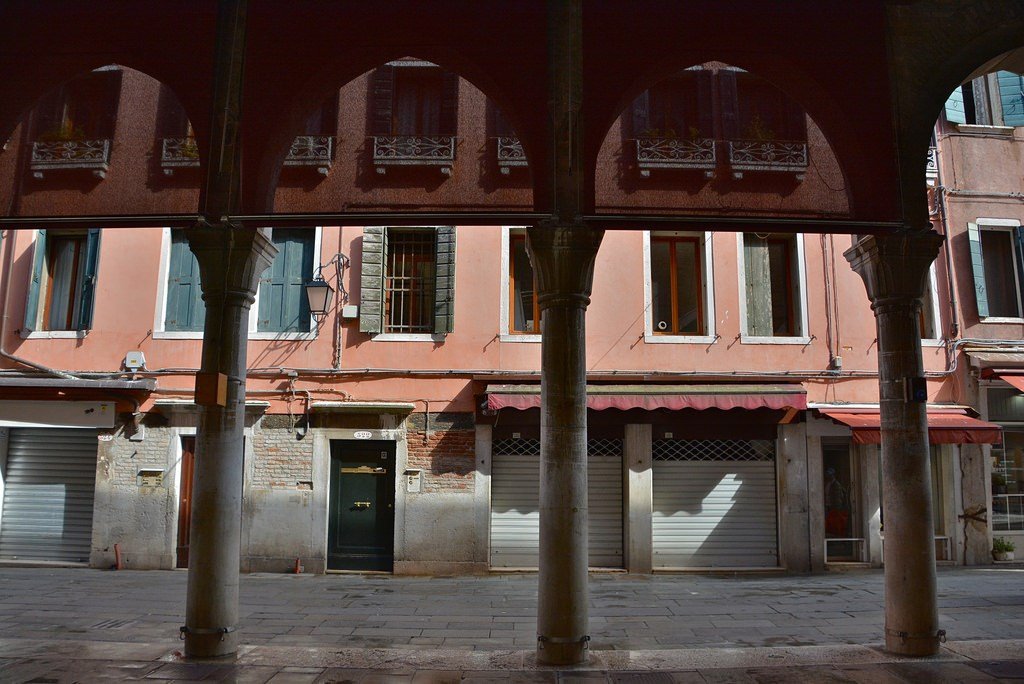
Video: Veneto
ContentsHistory of Veneto
The area’s generous land and favorable location made it a coveted trophy for numerous conquerors. Among the first to occupy the territory between the Alps and the Adriatic Sea were the Venetians, who presumably migrated from Asia Minor. They were allies of the Romans for quite a long time, acting on their side in clashes with the Celts and the Carthaginian troops led by Hannibal. But military aid did not mean equality – only after numerous revolts the population of the Italian provinces received the rights of Roman citizens. Another gift of the mighty empire – famous for its durability and convenience of roads – served the descendants of the Venetians many centuries after the fall of the Eternal City under the onslaught of barbarians.
.
In the 5th century, the Huns, commanded by the legendary Atilla, destroyed Aquileia, founded by Roman colonists, forcing its inhabitants to move closer to the lagoon, to where Venice now stands. The nomadic rule lasted for a relatively short time, however, and the Byzantines who replaced them did not stay at the helm.
.
The protracted period of wars, during which the region was devastated by opposing armies and changed hands, ended only in the middle of the 10th century, when Veneto became part of the Holy Roman Empire. The next 200 years brought no particular upheaval, but Frederick Barbarossa’s ambitions to strengthen central authority in the provinces provoked such a powerful protest that cities from other parts of the northern Apennine Peninsula joined the oppositional Lombard League.
.After the defeat of the Emperor’s army, the heyday of the Venetian Republic began with the strengthening of autonomy. In addition to the modern Veneto regions, it included the settlements of Romagna and Lombardy, and the islands of Cyprus and Crete. The economic ties and political influence of the Doge spread to the Middle East, the wealth of the aristocracy and wealthy families grew steadily, and other segments of society did not feel deprived. It seemed that the power of Venice will only strengthen.
However, the creators of the Great Geographical Discoveries intervened in the course of European history. New sea routes to Asia, Africa and the Americas redesigned the routes of valuable goods, leaving the city’s merchant families out of business. This challenged the political weight of the republic and eventually led to its inevitable decline. During the Napoleonic Wars, the last Doge of Venice signed a voluntary abdication and bloodless surrender to Bonaparte’s army.
.
The collapse of the French Empire did not bring freedom to the Veneto, for Austria immediately claimed these lands. Even the triumphant outcome of the Risorgimento, the creation of the Kingdom of Italy, took place without the participation of Venice. The region was one of the last to be included in the united country – under the terms of the peace treaty of the Austro-Prussian war.
.
Landmark cities and resorts
The vast majority of tourists who come to Veneto – more than 60 million people a year! – the first thing they want to see is its capital. We can’t judge how true the frightening predictions of scientists who predict Venice’s imminent sinking into the abyss of the sea are, but it is certainly not in danger of being forgotten in the coming decades. The unique atmosphere of the city neighborhoods scattered on 118 islands, the timeless luxury of the palaces of the local aristocracy, the songs of gondoliers and skillful works of local craftsmen leave few indifferent.
.The influx of guests is consistently high almost all year round, but during the traditional Carnival in the central streets and squares of Venice is literally nowhere to fall. So the week of February before Catholic Lent is not the best time for sightseeing.
.
During a visit to the capital of Veneto it is definitely worth to appreciate the architectural ensemble of St. Mark’s Square, to walk along the Rialto Bridge, the first to cross the Grand Canal, to see the mind-boggling interiors of the Doge’s Palace, to look under the vaults of the cathedrals of San Marco, Santi Giovanni e Paolo, San Zaccaria, to admire the panorama from the observation deck at the top of the Campanile Tower.
.The power of attraction of Venice is so great that Marco Polo, Titian, Ezra Pound, Christian Doppler did not want to part with it even after death. Famous composer Igor Stravinsky and poet Joseph Brodsky are buried in San Michele Cemetery.
.However, there are those who are eager to leave the bustling and crowded city sooner to see the other gems of the Veneto region.
.Photos of picturesque houses along the canals, not spoiled by the heads of hundreds of people, can be successfully made in Treviso. And if you find yourself in “little Venice”, do not ignore the medieval bastions, fortress walls with narrow loopholes, the cathedral with an altar by Titian and other monuments of religious architecture.
.
Contrary to popular misconception, Verona will be interesting not only for romantic girls and ardent fans of Shakespeare. No, the glory of the hometown of Montecchi and Capuletti is indeed actively exploited here, you can even visit Juliet, bring flowers to her tomb and admire Romeo’s house from afar. But the history of the city is much richer than the clan conflicts described by the English playwright. The beautifully preserved Roman Amphitheater today hosts music festivals and world opera stars. The Basilica of San Zeno Maggiore and the Church of St. Nazarius and Celsus illustrate the architecture of the early Middle Ages. The Giusti Garden boasts a veritable labyrinth, and the buildings that grew up on the Piazza delle Erbe surprise with their stylistic diversity.
.
Shakespeare is also mentioned in guidebooks to another Veneto city, Padua. The popular play “The Taming of the Shrew” is set here. The genre of the comedy corresponds to the carefree disposition of one of the student centers of Italy. The local university was founded in 1222 by professors and students of the University of Bologna after the latter split due to internal contradictions, and the botanical garden opened at the university in 1545 claims to be the oldest continuously operating in Europe. Today there are 65 thousand students studying at 13 faculties, and during summer vacations the Sherwood Music Festival, which lasts for almost a month, is responsible for maintaining the youthful atmosphere. At any time of the year, the frescoes and other works of the masters of Italian painting that can be seen in the numerous cathedrals, basilicas, churches and chapels deserve the attention of visitors.
.
Belluno has many more Gothic buildings, medieval streets and majestic churches. The peaks of the Dolomite Alps are impressive, rising just beyond the tiled roofs of the houses and the thin spires of the bell towers. Fans of mountain air and skiing enjoy visiting Civetta and Cortina d’Ampezza, located on the same slopes. Tourist and sports infrastructure is very well developed, the slopes are designed for vacationers with different levels of training, and comfortable hotels and cozy restaurants help to keep the mood at the necessary height.
.
Dreaming of a vacation on the beach? You don’t have to travel outside of Veneto for that either. During the summer months, the Adriatic coastline welcomes visitors with warm water and wide sandy shores with a gentle descent into the sea. Therefore, Lido di Jesolo, Bibione, Eraclea and Lignano are ideal for a quiet family vacation, and Caorle with its bars, discos and wide opportunities is chosen by the easy going youthful crowd.
.
The status of an elite Veneto resort since Roman times has been held by the beautiful Lake Garda. Today, the places of prominent writers and aristocrats of past eras are occupied by the stars of Hollywood cinema and the world music industry, but ordinary travelers can visit this paradise. Diving, windsurfing, water skiing or sailing are popular activities for those who are not attracted by excursions to historical ruins. Surprisingly mild climate allows you to enjoy your vacation almost all year round.
.To improve your health and just really relax with benefits for the body you can at the hot springs in Abano Terme and Montegrotto Terme.
.Gastronomic delights
As everywhere in Italy, in Veneto the real pleasure for travelers is not only spiritual food, but also close acquaintance with the local cuisine. The main recommendation is to stay away from restaurants designed exclusively for tourists. The best choice will be small and perhaps unassuming looking establishments, where locals come to dine.
.
The proximity to the sea explains the special interest of culinary enthusiasts in its gifts. Freshly caught fish and shellfish do not need a bouquet of spices or complex sauces, so they are often simply grilled, often with the addition of olive oil.
However, the Venetians do not avoid meat either. Its superior quality has allowed them to create the famous appetizer carpaccio, and pigs raised under a special technology are used for tender prosciutto di parma. Seasonal vegetables and fruits are always present on the menu as part of appetizers, main courses and side dishes. Veneto’s specialty pasta is thick hollow tubes of bigoli, and risotto here is preferred to cook “white” or to add artichokes to it.
.The world-famous tiramisu was invented in Treviso, so if you want to try the dessert in its original form, don’t miss your chance. The meal is necessarily accompanied by local wines, a frequent guest on the table is sparkling Prosecco. It is not a sin to celebrate a good evening with cocktails “Venetian spritz” or “Bellini”. Fans of stronger drinks should order a portion of grappa – grape vodka. And the finishing touch of any meal is a cup of coffee. If you do not want to be different from the Italians, make a choice in favor of espresso.
.How to get there
The largest international airport in the Veneto region is located near Venice and is named after the traveler Marco Polo. Aircraft from Moscow and St. Petersburg are among the planes that land here. Well-developed rail and bus connections link the Veneto capital with other cities in Italy and Europe, and a boat trip from Greece or Dalmatia can be an interesting part of a vacation.
.From Venice, it is not difficult to take public transport to the provincial centers and popular resorts. If you have an international driver’s license, you can rent a car for maximum freedom of movement.
